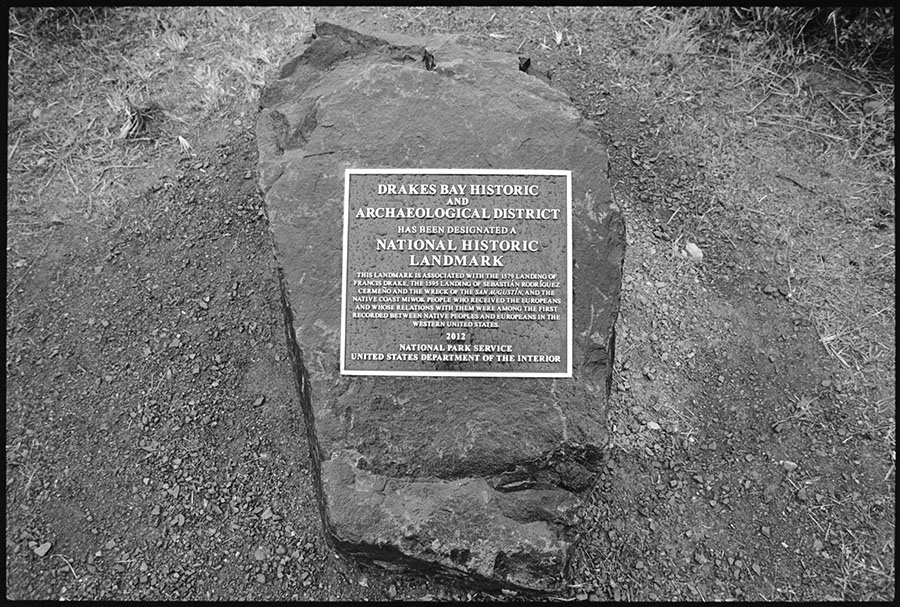For some people, the new Drakes Bay Historic and Archaeological District National Historic Landmark, commemorating contact between Sir Francis Drake and the Coast Miwok . . .
Differing takes on a historic landmark


For some people, the new Drakes Bay Historic and Archaeological District National Historic Landmark, commemorating contact between Sir Francis Drake and the Coast Miwok . . .